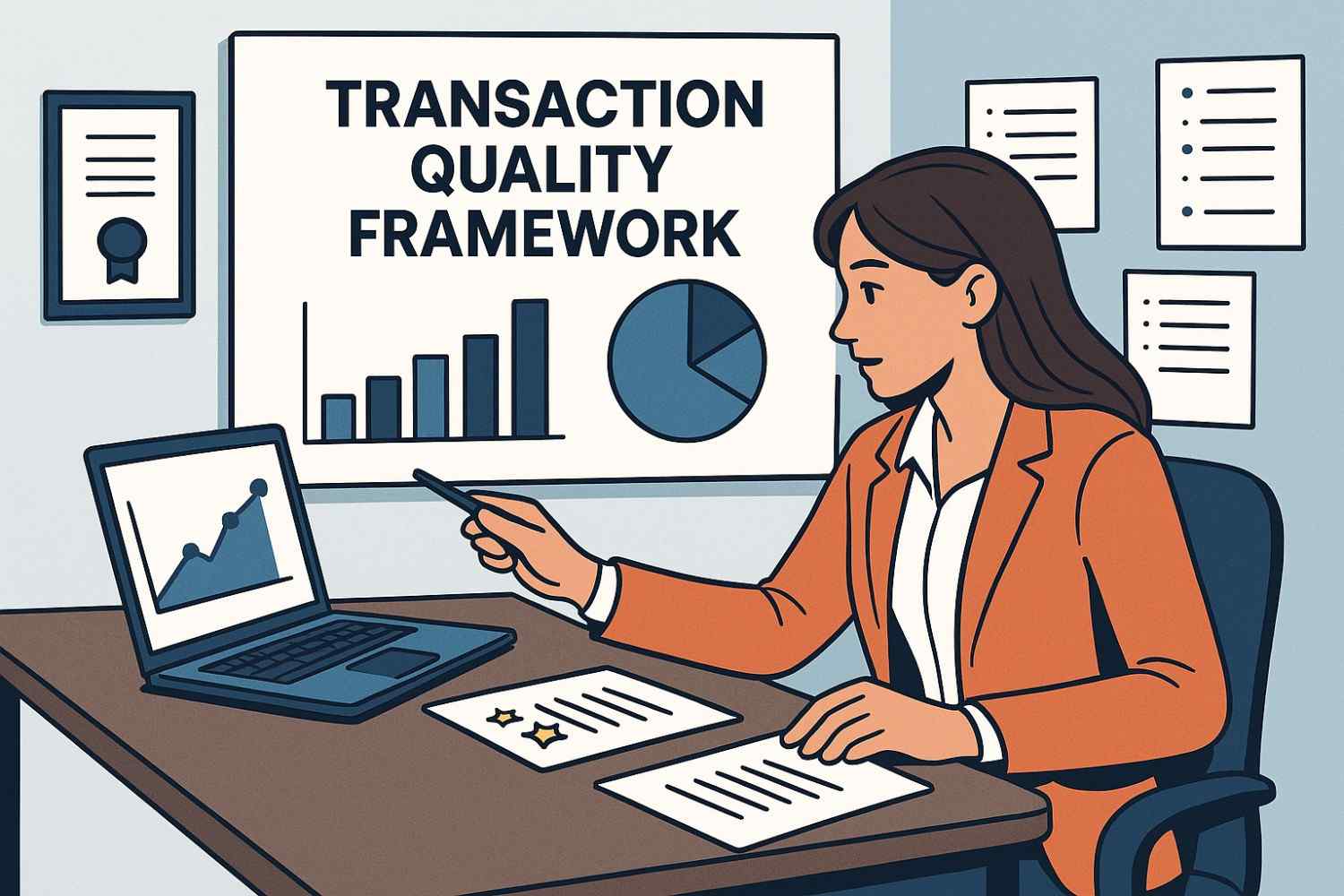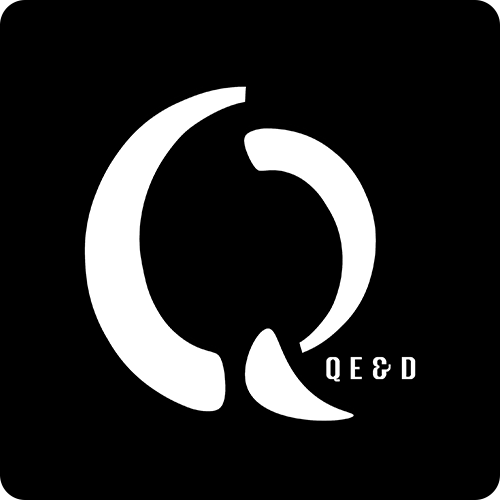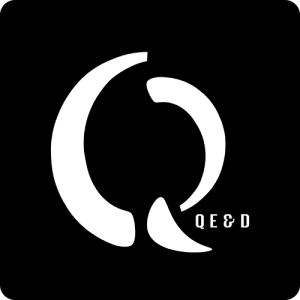
In today’s fast-paced service industry, transaction quality has evolved far beyond a simple checklist — it now defines how well companies deliver meaningful, efficient, and human-centered customer experiences.
This includes interactions across voice, email, chat, and even back-office processes, where accuracy and empathy play a critical role.
Unlike “Transaction Quality Management,” which typically emphasizes governance, transaction quality focuses more on real-time performance improvement at the frontline.
As a result, leading organizations are shifting focus toward building stronger systems, improving accountability, and enabling team-level insights — moving beyond mere compliance.
🔍 Understanding Transaction Quality
Transaction Quality refers to how effectively a customer-facing or operational task meets standards for accuracy, process adherence, communication, and resolution.
This has a direct impact on customer satisfaction, retention, and long-term brand trust.
Teams that apply a structured quality framework consistently experience better service outcomes.
For example, resolving a customer query accurately and empathetically in the first interaction not only boosts customer satisfaction but also improves efficiency and reduces operational costs.
On the other hand, a poor-quality interaction often leads to repeat work, customer frustration, and increased churn.
📊 A Practical Framework to Measure Transaction Quality
At Quality Education And Deployment a.k.a QE&D, we apply a four-pillar framework that enables organizations to consistently monitor and improve quality:
- Process Accuracy
Teams must follow the correct steps while using system tools efficiently. Even small errors here can cause delays or miscommunication. - Compliance & Policy Adherence
Every transaction should align with internal protocols, legal standards, and data privacy regulations. - Empathy & Communication
It’s essential to convey professionalism, clarity, and care — especially during sensitive or complex interactions. - Resolution Ownership
Agents should take accountability, ensuring that the customer’s concern is resolved without unnecessary handovers.
This framework helps QA professionals and managers align expectations, coach effectively, and scale performance — not just score calls.
💼 The Expanding Role of the QA Function in BPOs
The Quality Assurance (QA) function in BPOs has transformed significantly. In the past, the focus was mainly on auditing 10–15 calls per agent. Today, expectations are much higher. As a result, modern QAs are now seen as:
- Process advisors who understand root causes
- Trainers who build team capability
- Strategic partners who align with business goals
Now, team managers are demanding more from QAs:
- A strong grasp of business systems and operations
- The ability to act fast using data-driven insights
- Skills to coach team members, not just score their performance
⚠️ Common Mistakes That Affect Transaction Quality
However, several recurring challenges can undermine transaction quality in teams. Here are a few:
- In many teams, feedback loops remain inconsistent, leaving agents unsure about what’s expected.
- Moreover, vague quality parameters lead to subjective audits.
- Coaching sessions often lack root cause analysis and stay at the surface level.
- As a result, quality, training, and operations teams end up working in silos.
To resolve these, organizations must align their quality framework with real-world outcomes — not just internal compliance.
🔧 Tools & Training to Build a Quality-Centric Culture
To build a culture of quality, teams need:
- A consistent quality framework
- Smart dashboards with actionable insights
- Continuous coaching and re-skilling opportunities
- QA professionals with strong analytical and communication skills
At QE&D, we believe that quality education must go beyond theory. That’s why our Transaction Quality course is structured around real-world tools, case-based assignments, and impact-driven learning.
Participants don’t just sit through lectures — they apply their skills through:
- Creating audit forms, checklists, and evaluation sheets
- Conducting calibration exercises and presenting variance reports
- Performing Root Cause Analysis (RCA) and building CAPA plans
- Preparing dashboards and quality reports
- Leading PDCA-based improvement projects
- Engaging with mock clients and stakeholders
- Using 7 QC tools, process maps, and correlation analysis
- Managing QA workloads and setting up governance systems
“QE&D has been a turning point for me. I’ve seen a huge difference in my confidence, efficiency, and results. Their courses are gold!”
— Puspi, QA Professional“What sets this training apart is its focus on providing insights beyond the routine tasks of a Quality Assurance professional. This course delves into the ‘how’ of quality, offering a comprehensive understanding of the Quality Function and systems.”
— Megha, Quality Analyst
This hands-on, project-based model ensures that learners understand what quality means in action — not just in documentation. That’s what makes QE&D a trusted partner for quality training and education in service organizations.
🎯 Impact That Goes Beyond the Scorecard
Our clients have reported the following results after deploying QE&D-trained professionals:
✔️ Improved CSAT (Customer Satisfaction) scores
✔️ Better adherence to SLA and compliance metrics
✔️ Reduced repeat contacts and escalations
✔️ Increased agent engagement through better coaching
One manager noted:
“The QAs we trained with QE&D are no longer just reporting gaps — they’re helping fix them.”
🚀 Final Thoughts: Redefining the Quality Function
In 2025 and beyond, the definition of “quality” in customer operations is evolving. Rather than simply identifying errors, the focus is now on enabling excellence at every step.
To meet these expectations, QAs must act as problem-solvers, data analysts, coaches, and collaborators.
When equipped with the right frameworks, tools, and training, they can drive meaningful improvements that benefit not just customers — but also agents and the business as a whole.
📌 Ready to Build a Stronger QA Function?
👉 Explore QA Training & Certification with QE&D
👉 Talk to Our Training Advisor
📚 Need more insights on Quality? Here are 2 interesting blogs:
🔹 How Six Sigma Builds a Culture of Problem Solving and Quality
🔹 Why Transaction Quality Needs Leadership and Action-Oriented QAs

